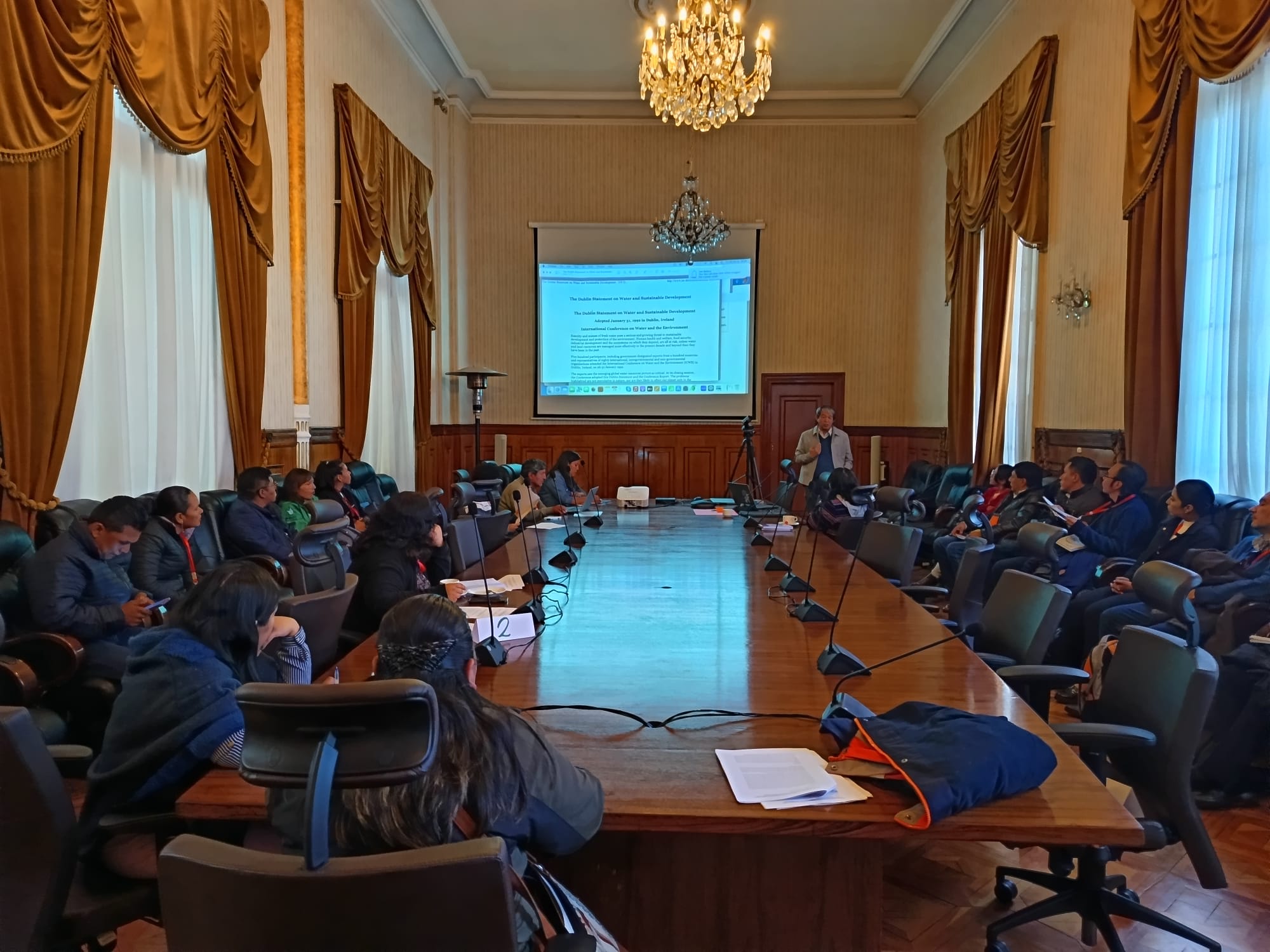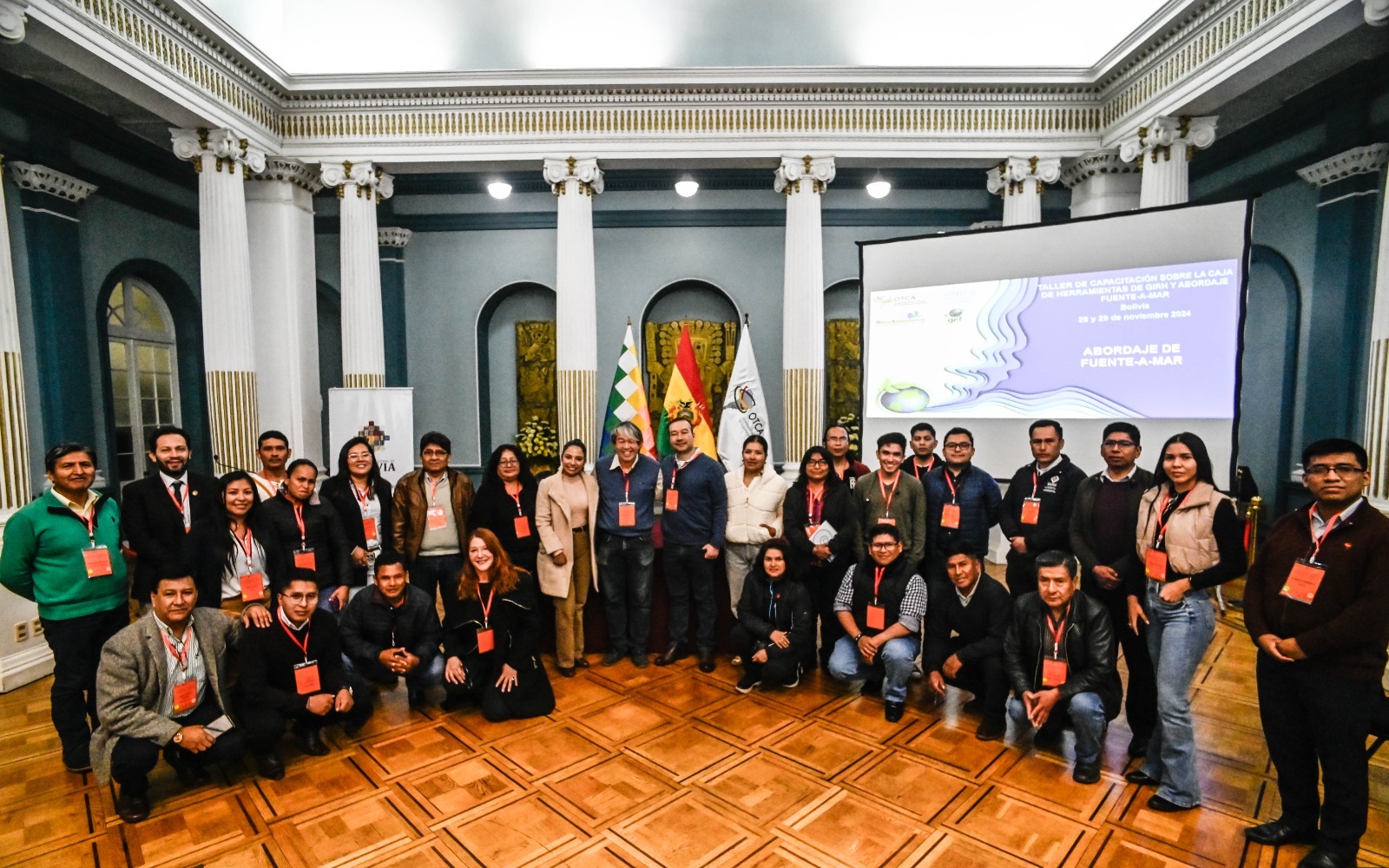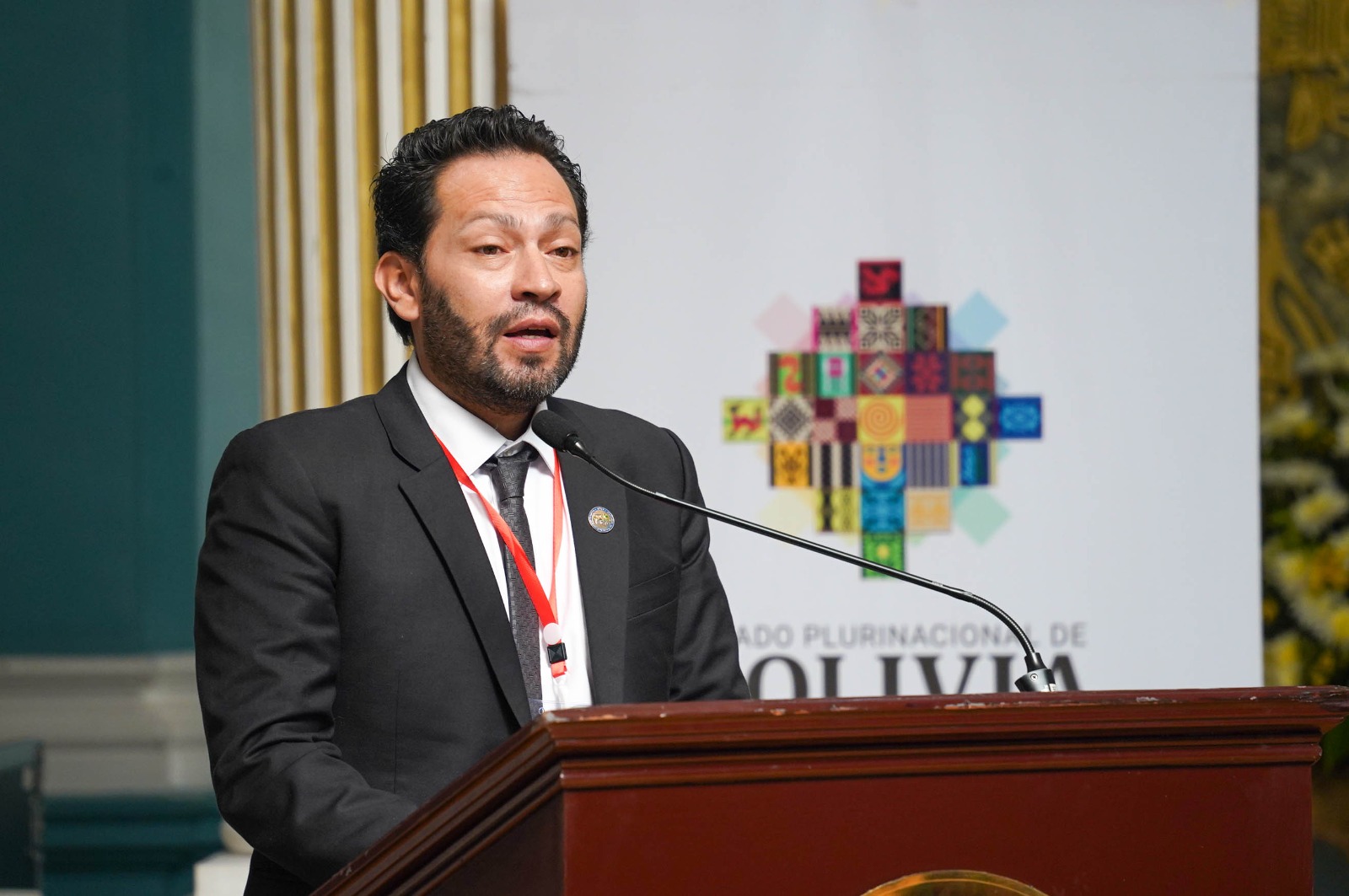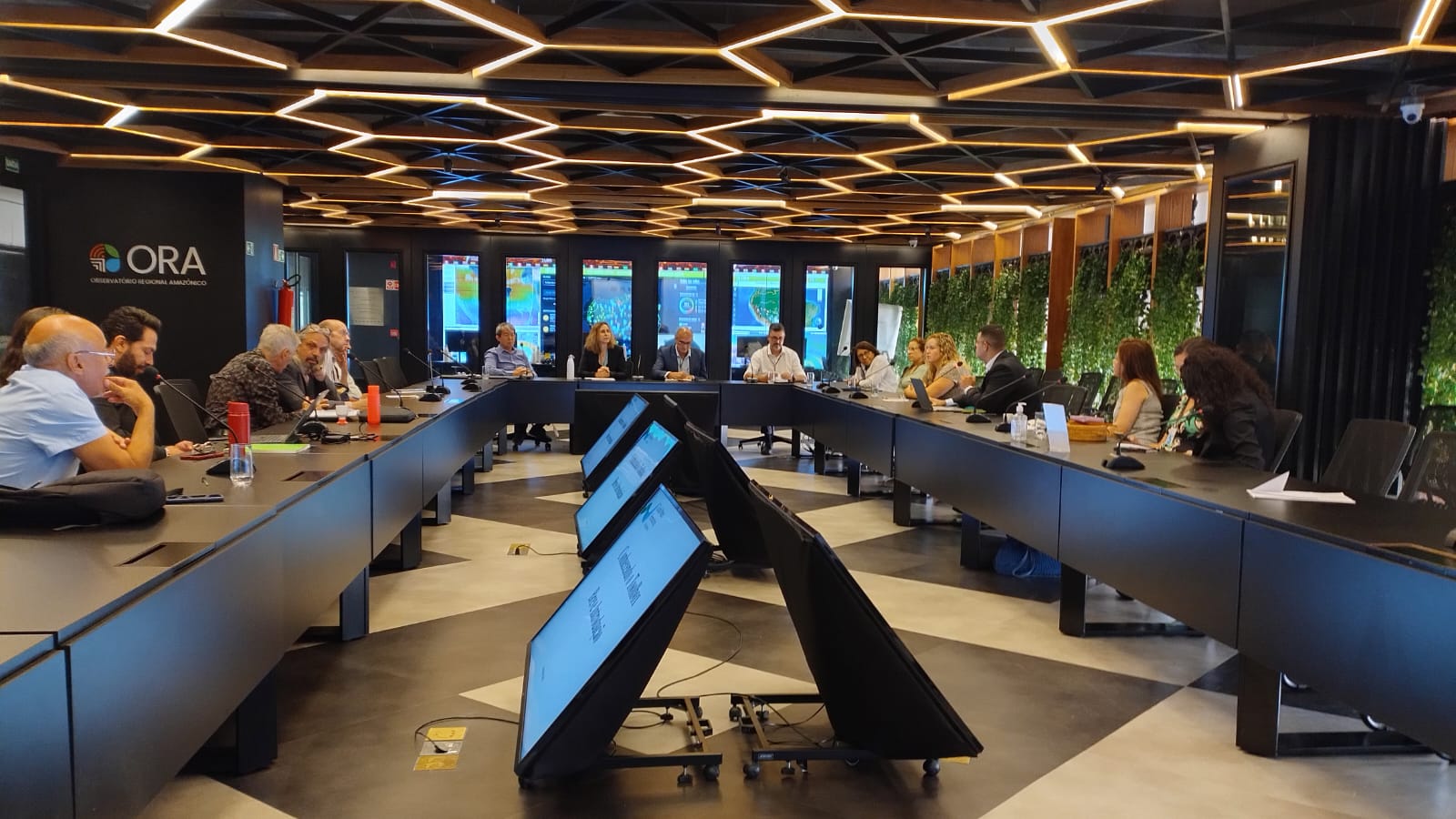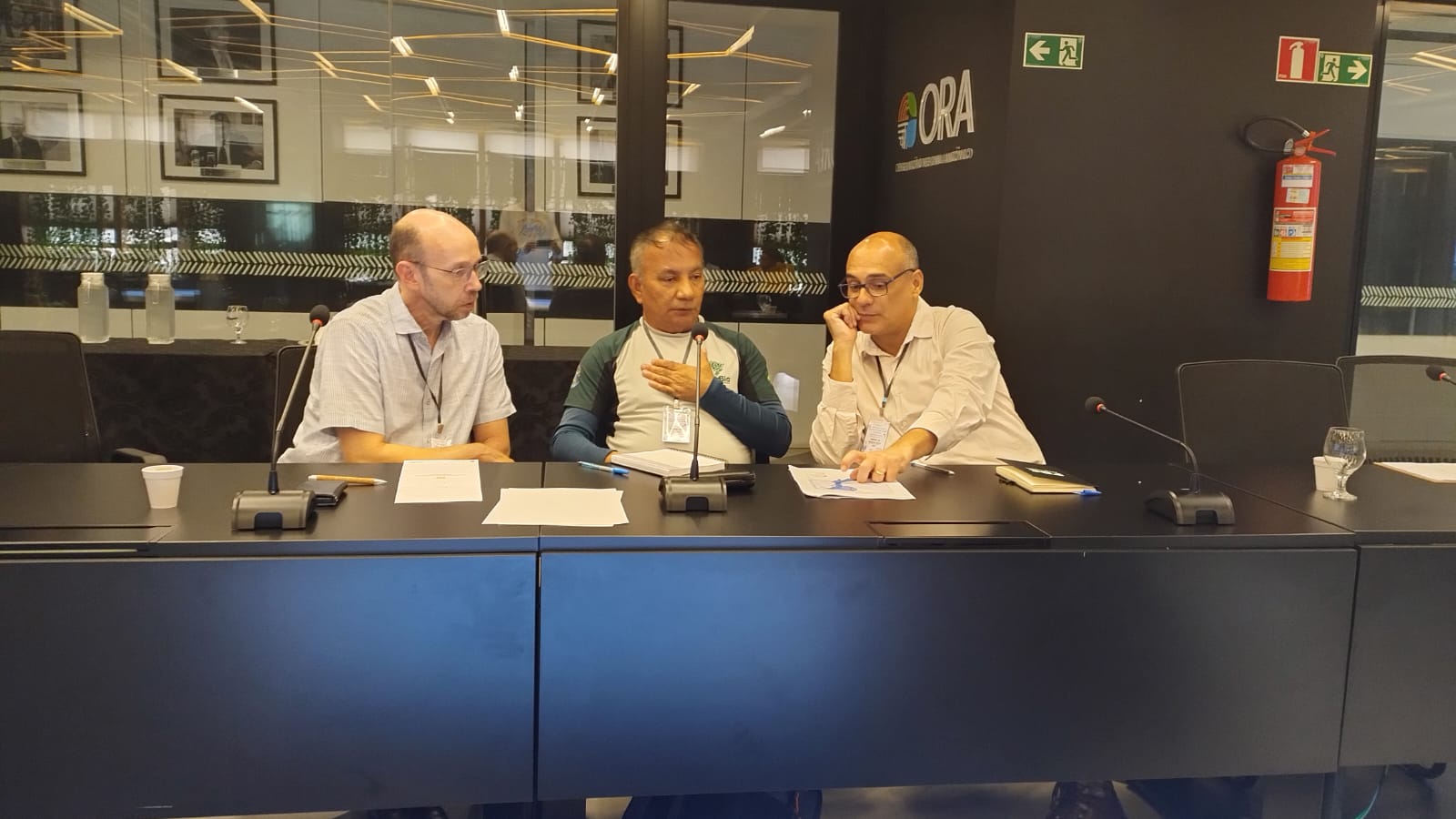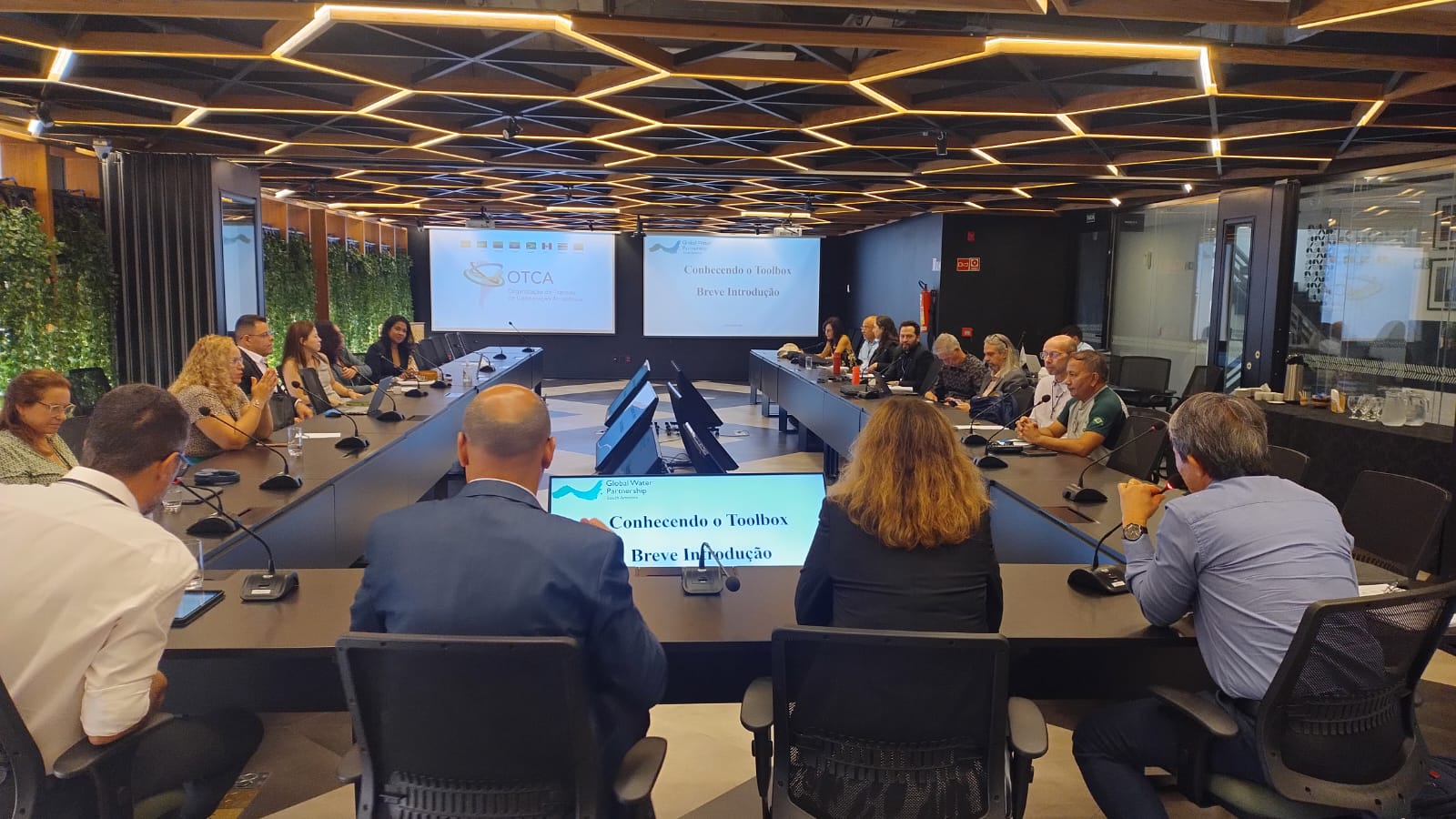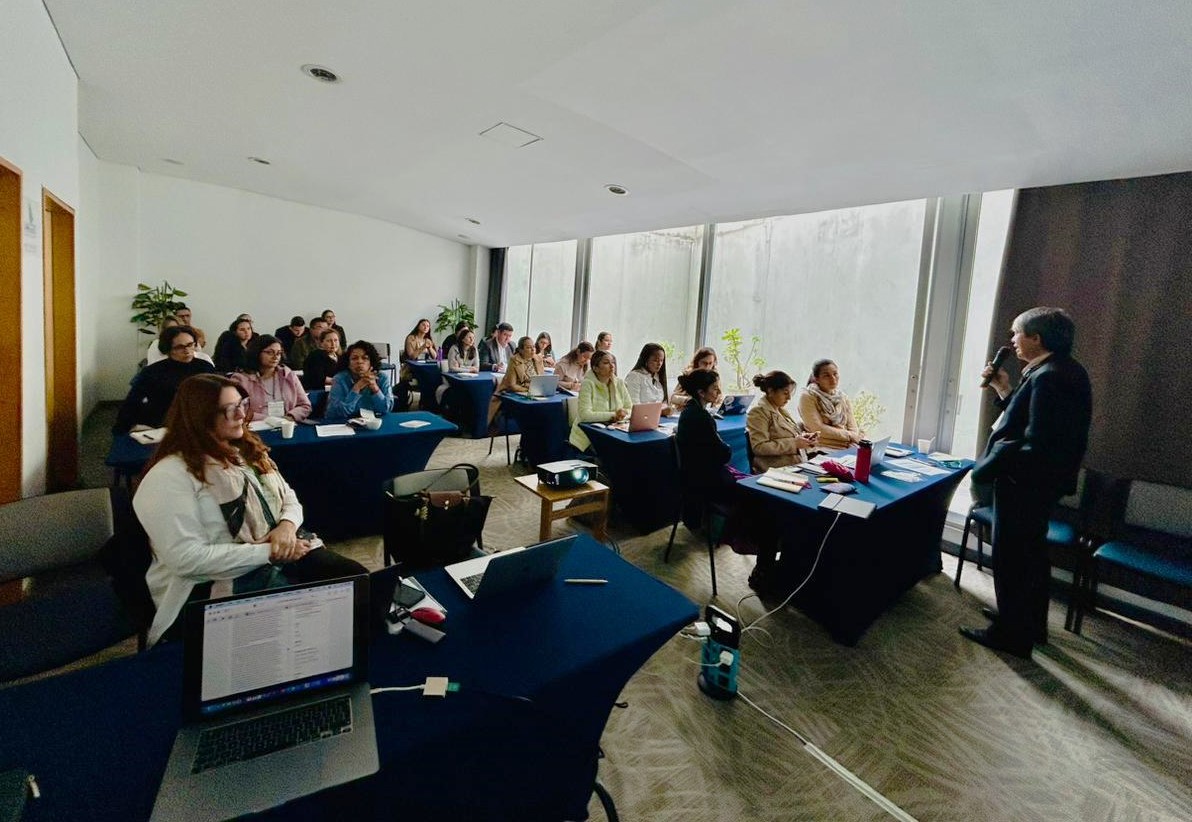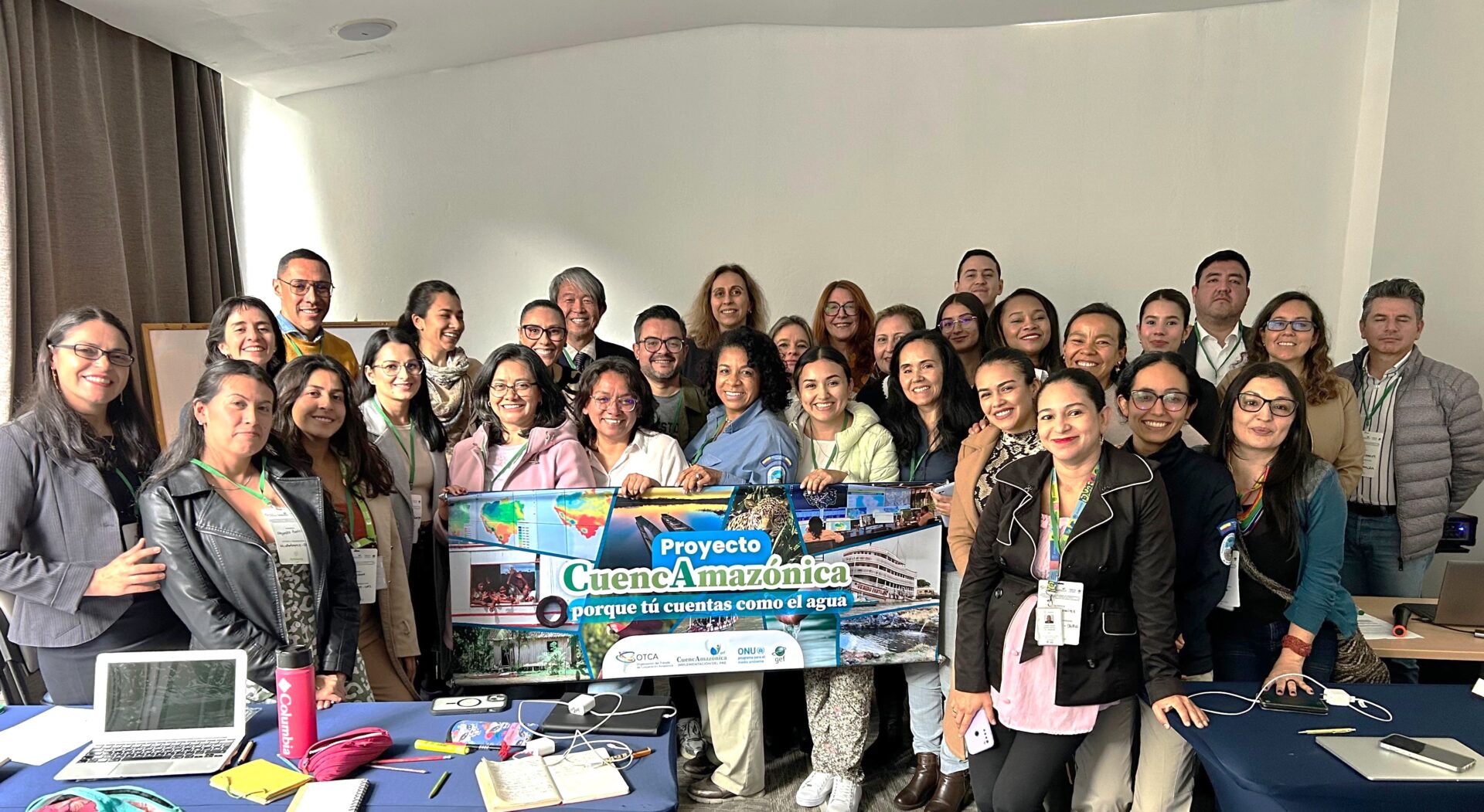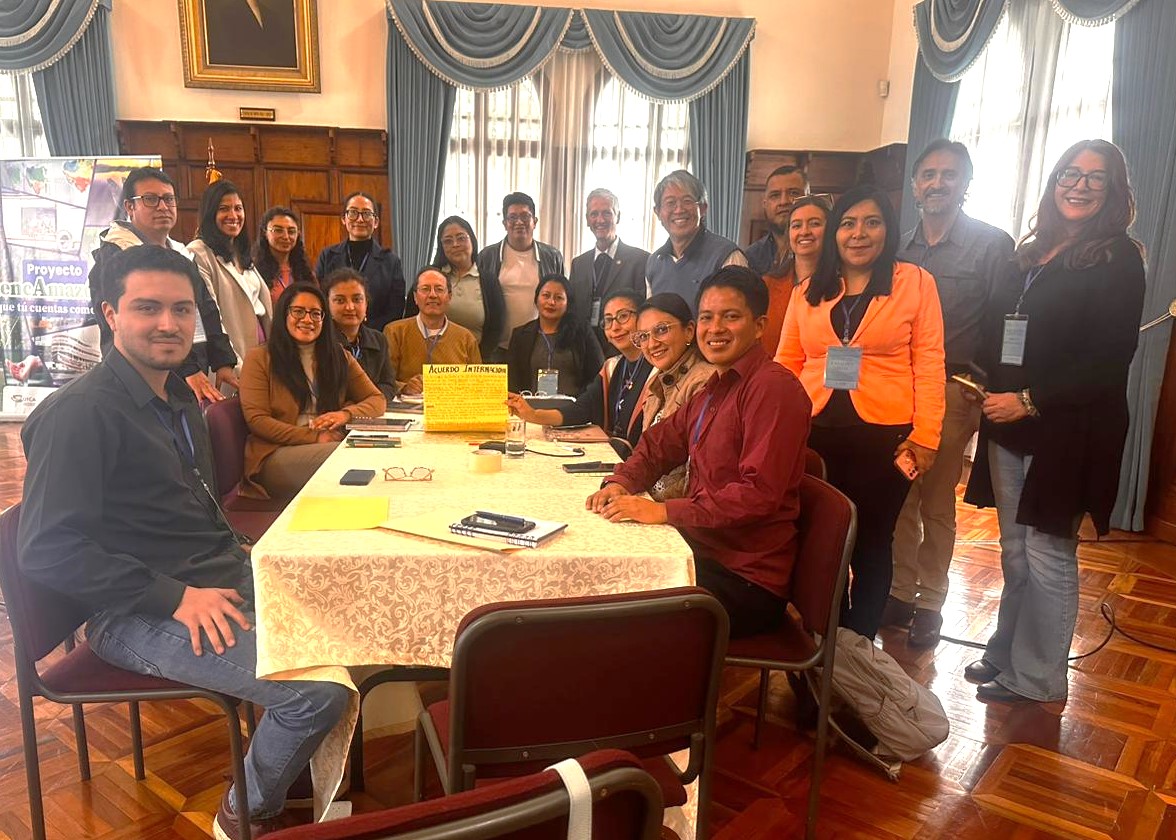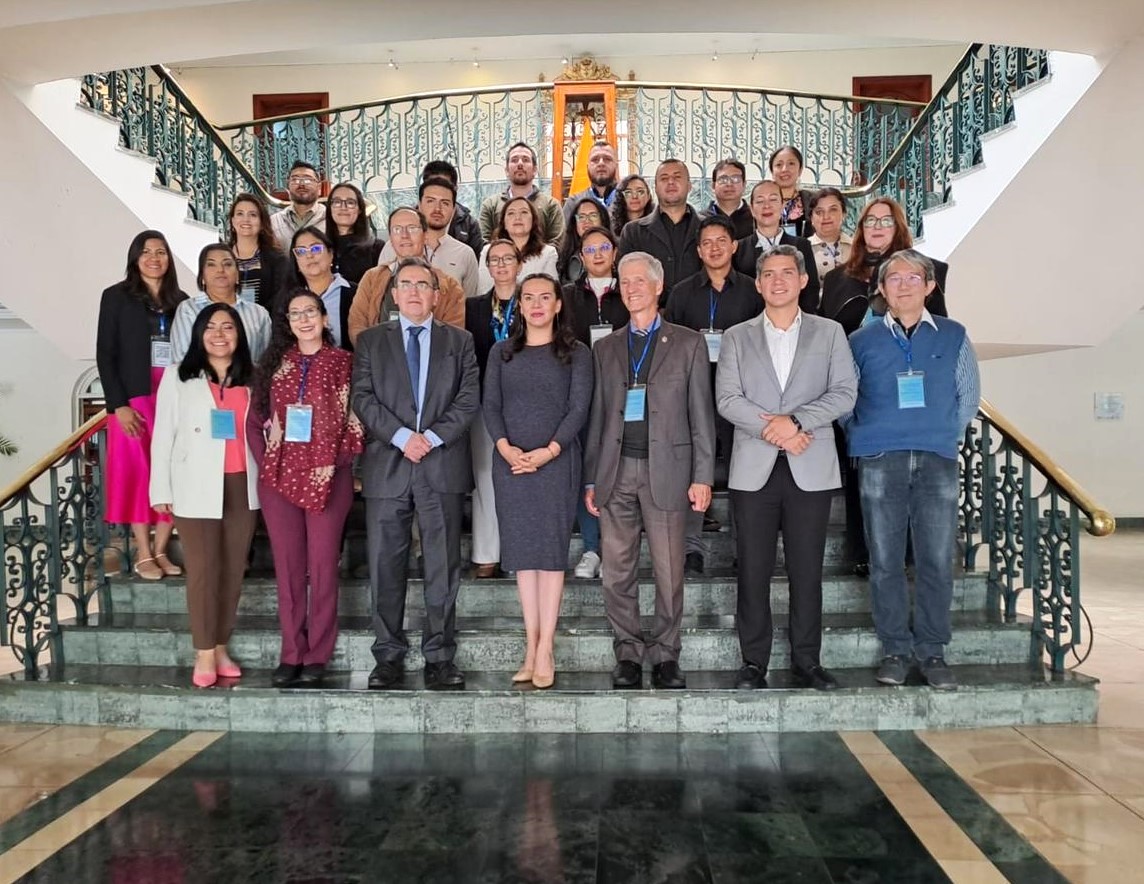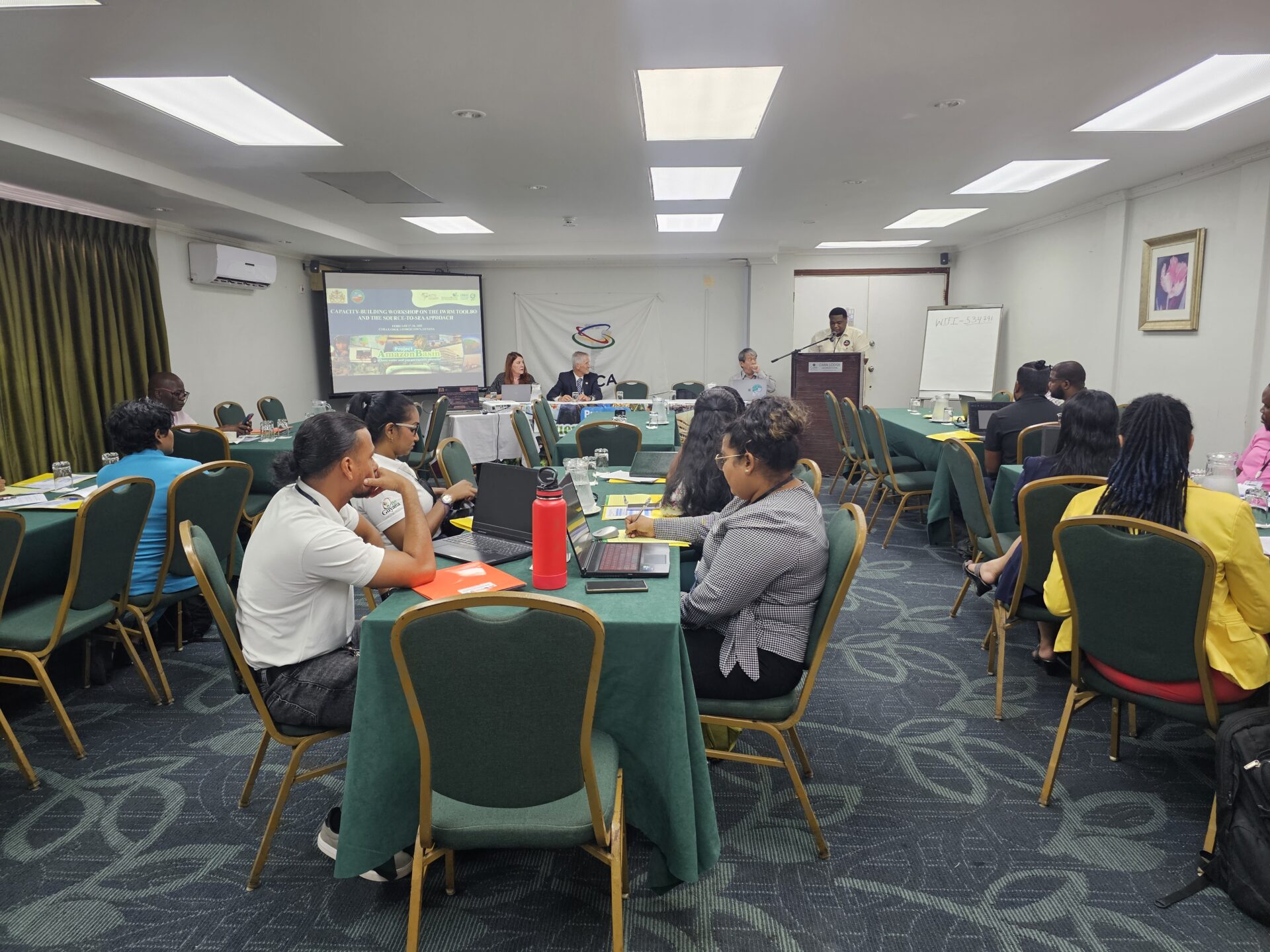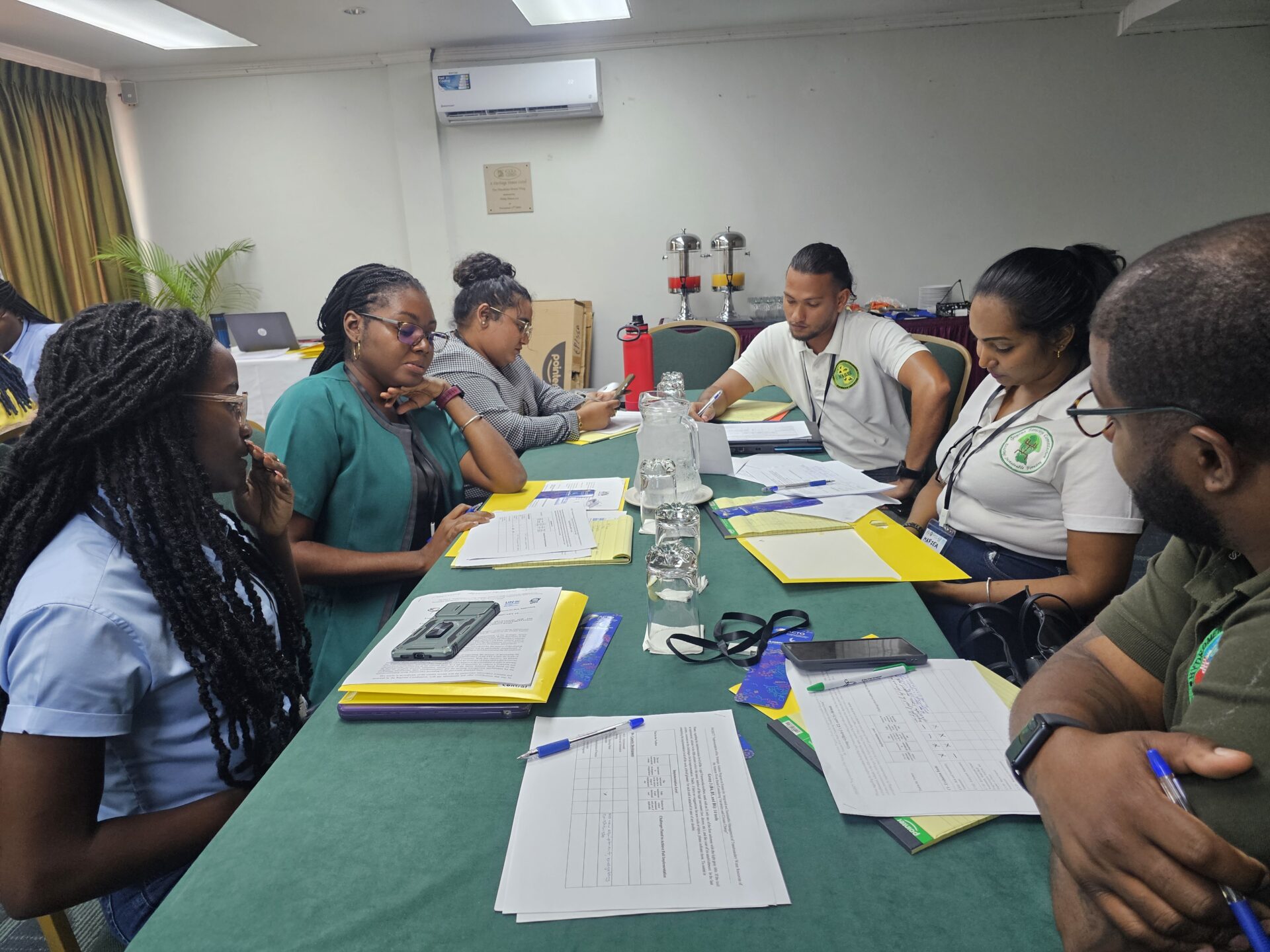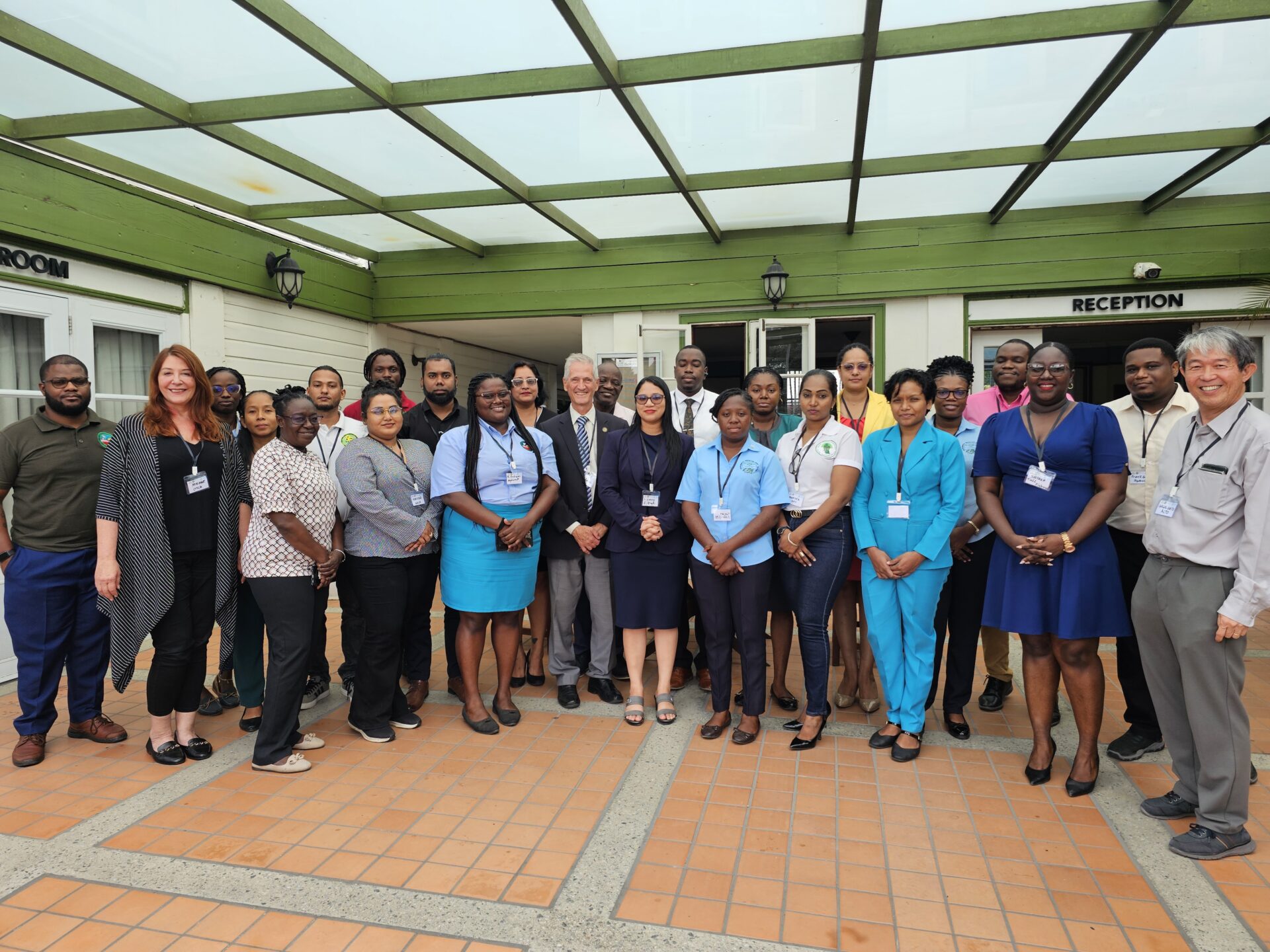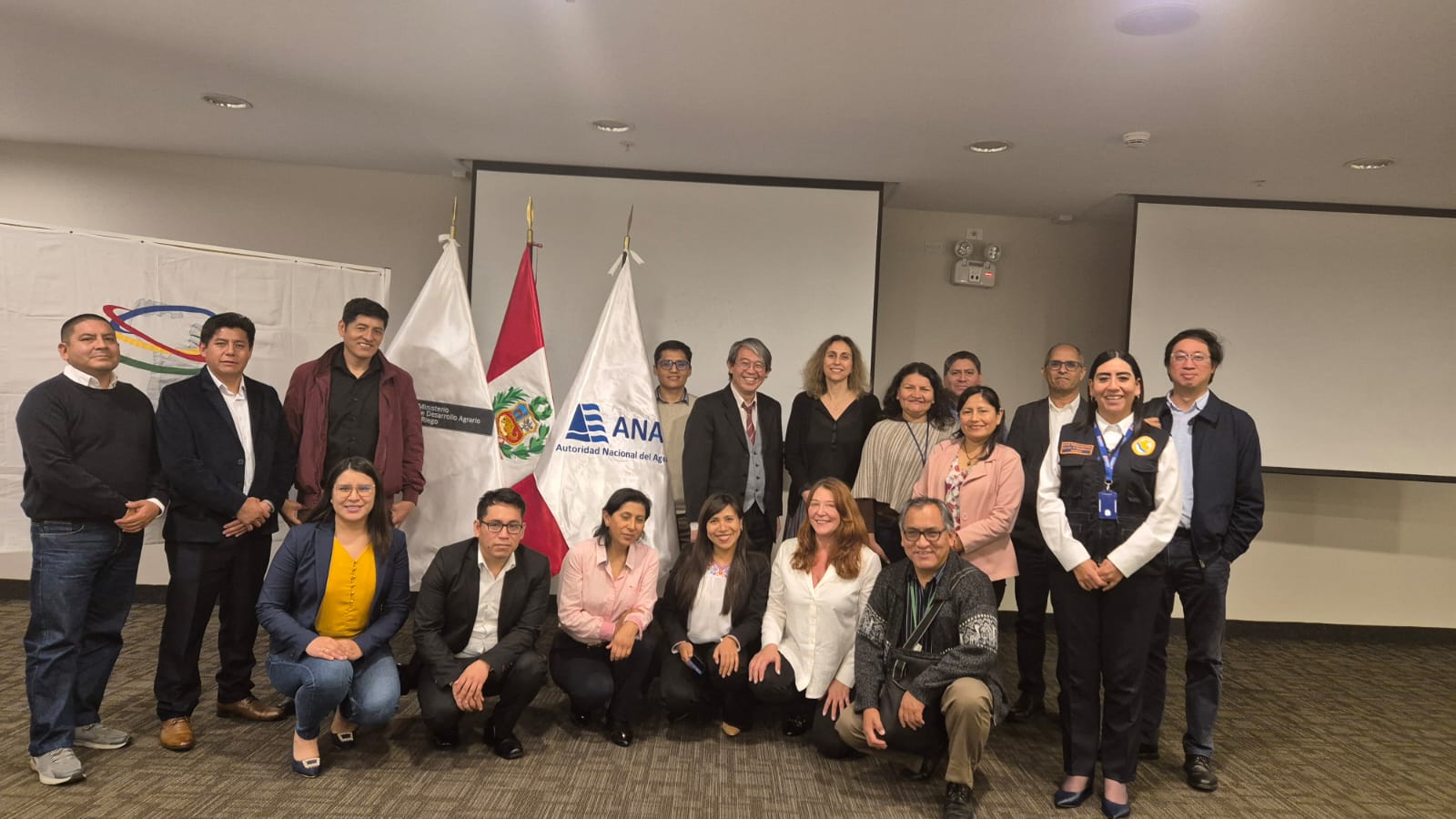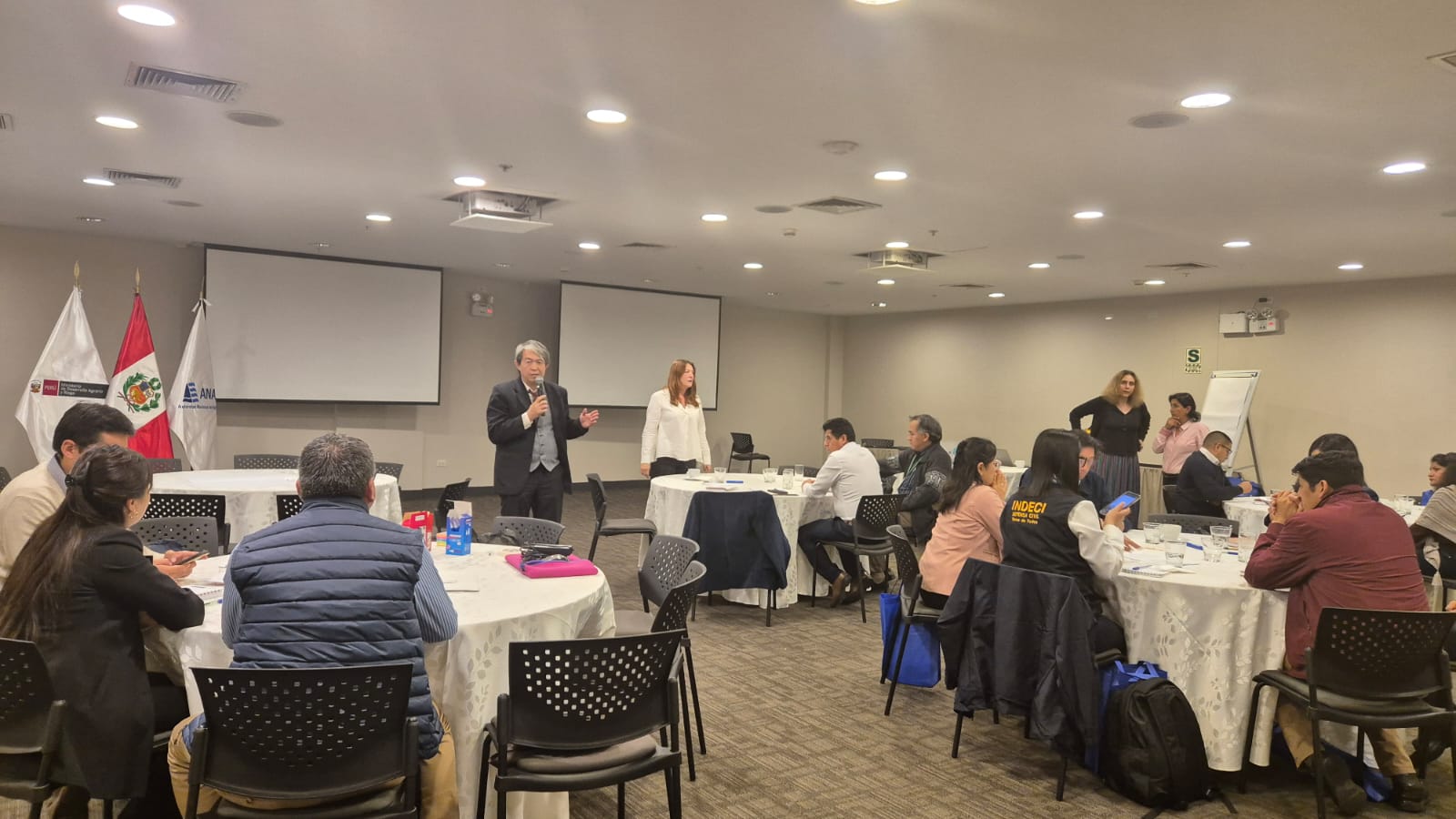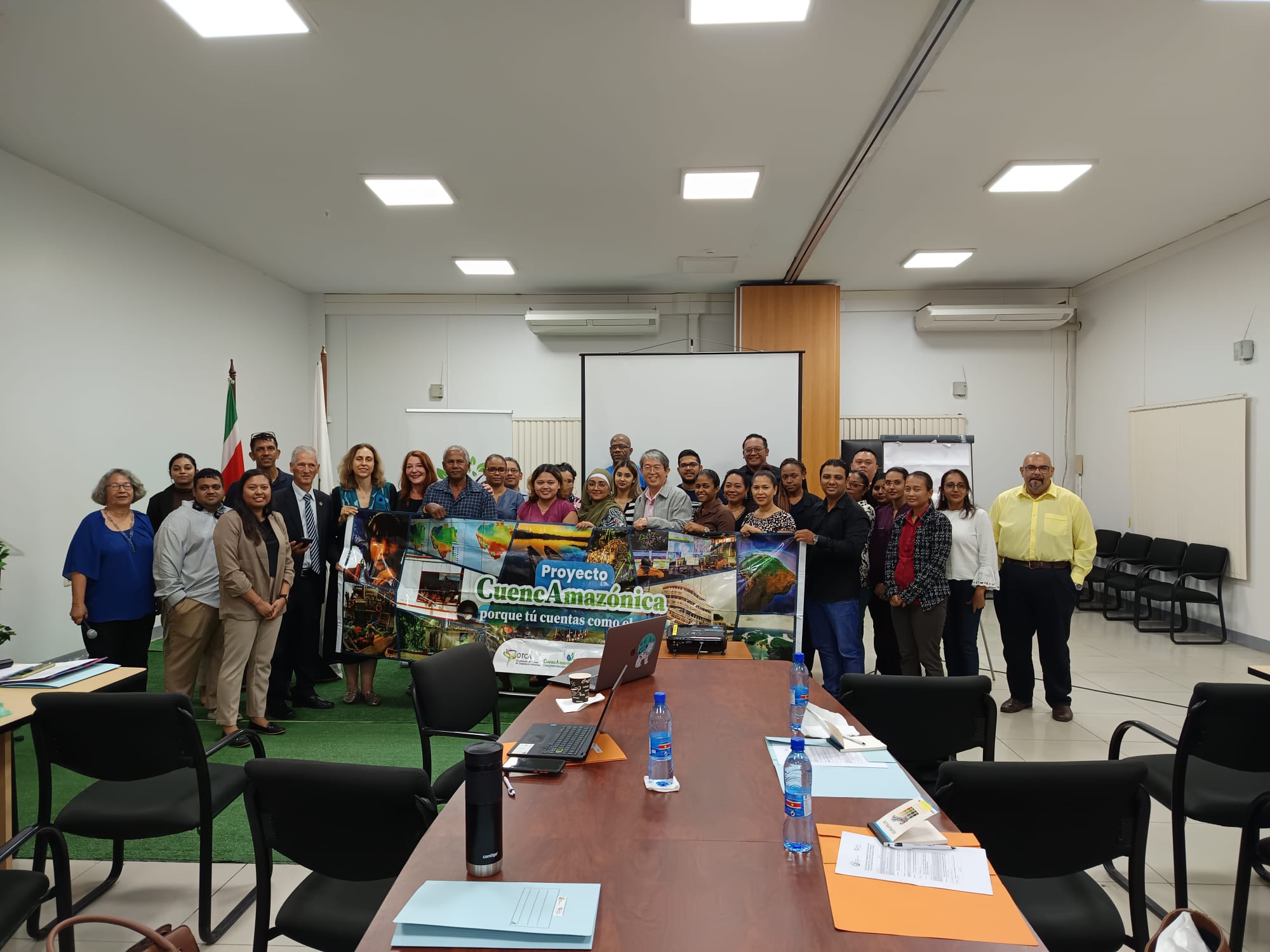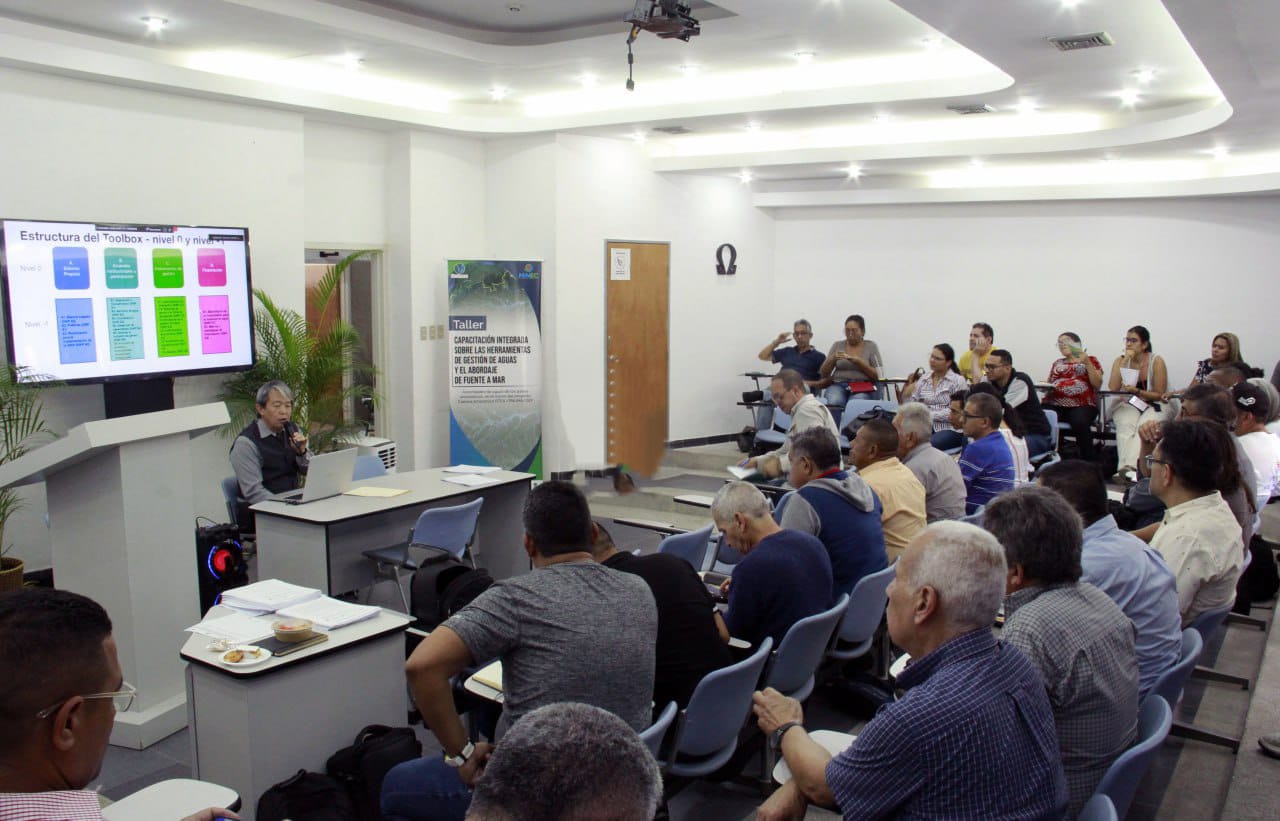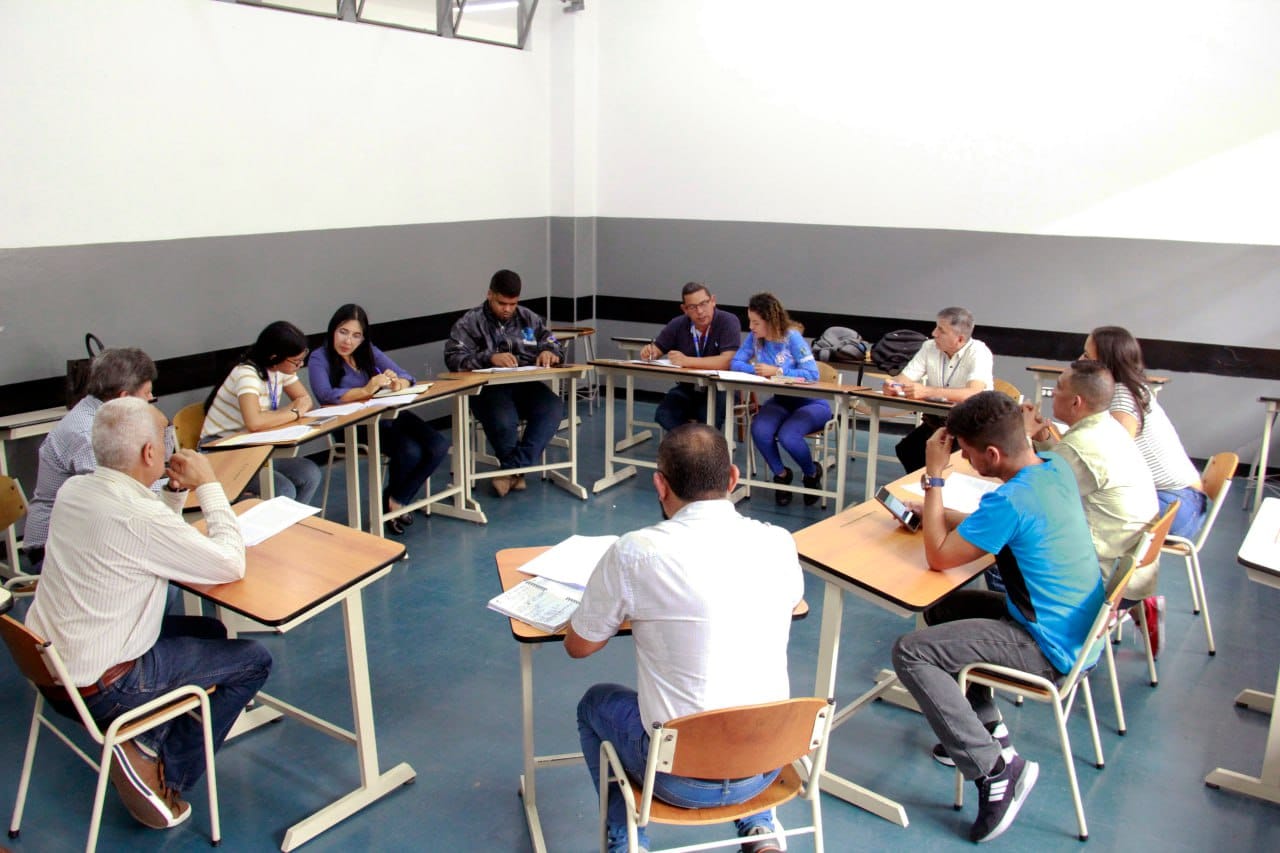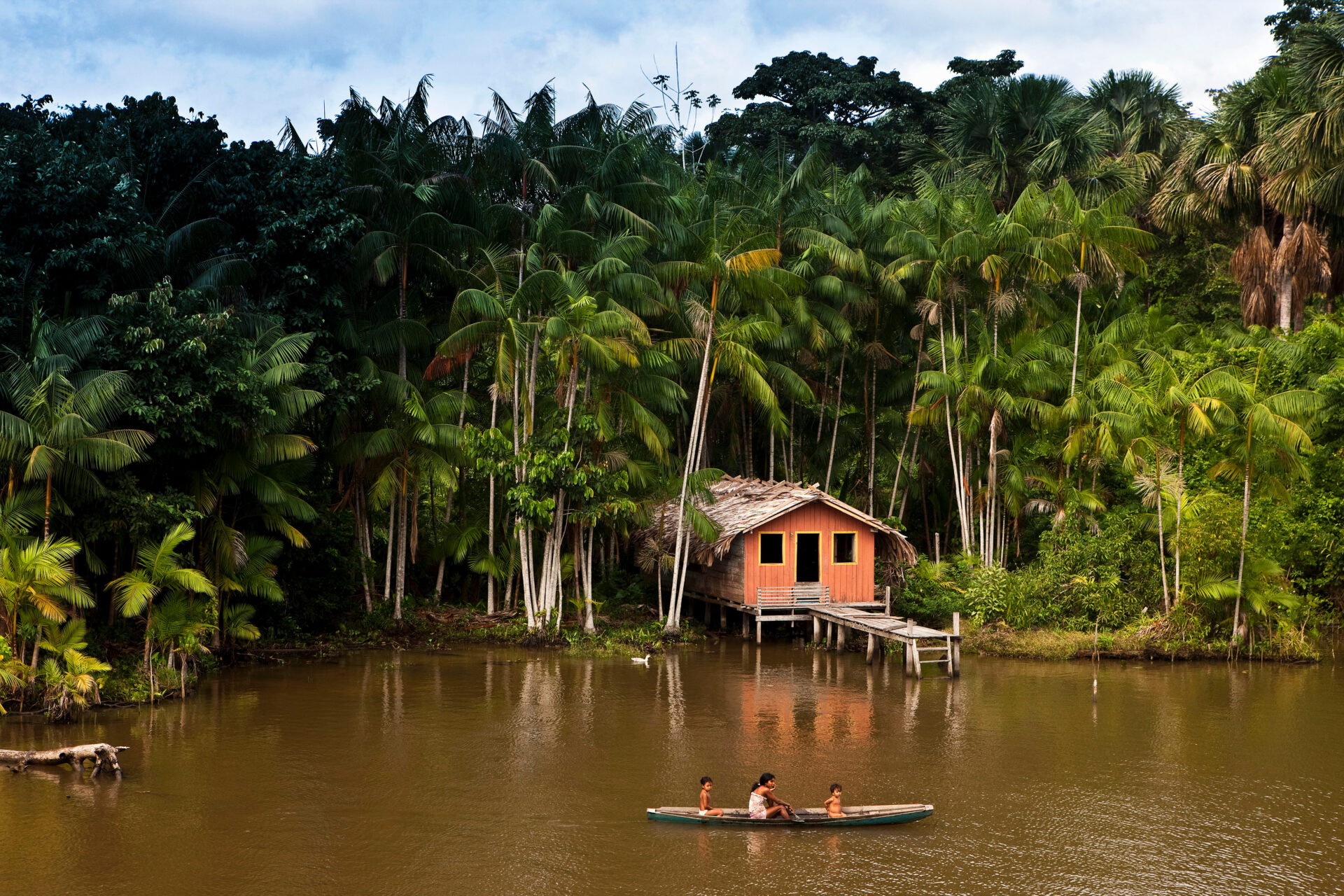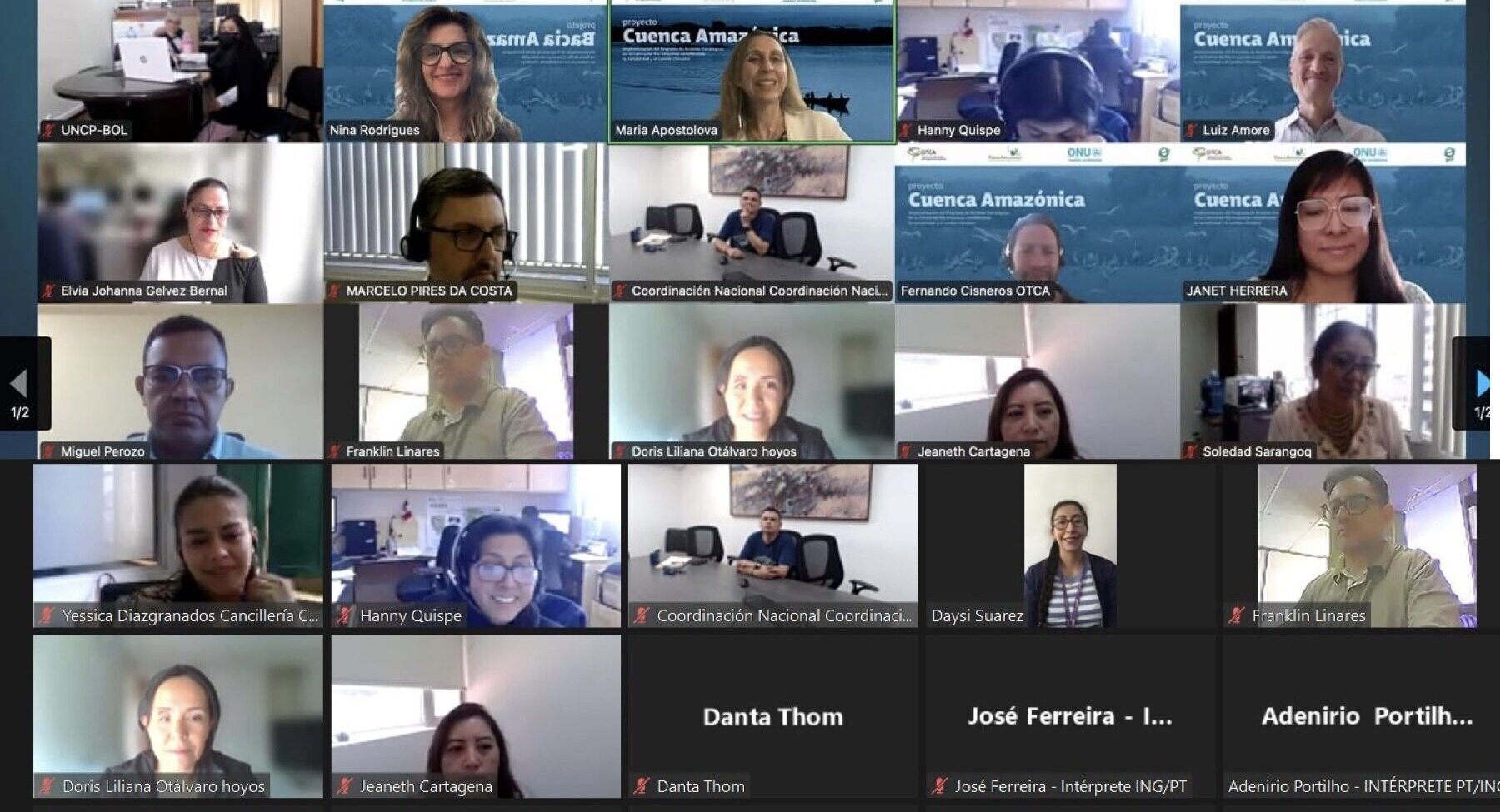The implementation of the Strategic Action Program (SAP) through the Amazon Basin Project foresees the adoption of the Source-to-Sea approach as an essential tool for the integrated management of water resources in the region. Developed by the Stockholm International Water Institute (SIWI), the Source-to-Sea approach recognizes that processes occurring throughout a river’s drainage area—including aquifers, lakes, tributaries, deltas, estuaries, and nearby coastal areas—are interconnected. By integrating terrestrial, freshwater, and marine systems, this methodology fosters cooperation between upstream and downstream stakeholders, promoting mutually beneficial outcomes for the sustainable management of water resources.
The integration of these elements strengthens water governance, encouraging collaboration among governments and other involved actors. Additionally, it promotes more efficient and sustainable management, fostering comprehensive and effective solutions for water conservation and responsible resource use.
From the Andes to the Atlantic
Within the framework of the Amazon Basin Project – SAP Implementation, the ‘from source to sea’ approach covers the entire Amazon basin, from the headwaters of the Amazon River in the Andes to its mouth at the Atlantic Ocean, integrating the connections between water, land and atmosphere. This integrative perspective considers key elements such as the so-called flying rivers, aquifers, riparian and coastal ecosystems of the Amazon basin.
Training Cycle
With the aim of training technicians and water resource managers from government institutions in the Amazon countries, the Amazon Basin Project organised a training cycle between October 2024 and February 2025 focused on tools for water management, including the Source-to-Sea approach. This initiative represented a significant advance in regional cooperation for Integrated Water Resources Management (IWRM), strengthening technical capacity in order to promote a more efficient and collaborative use of water in the Amazon Basin.
To achieve this goal, participants broadened their knowledge of the regional dynamics of IWRM in the Amazon Basin, covering the entire course of the rivers, from the Andes to the Atlantic, from the perspective of the Source-to-Sea approach.
During the workshops, participants discussed the alignment of policies, norms and legal frameworks with the aim of promoting IWRM in the Amazon Basin, using the Source-to-Sea approach as a basis. In addition, the training sessions addressed negotiation and conflict resolution skills, which are fundamental for transboundary co-operation in the management of shared water resources.
Experiences and Learnings
The training sessions stood out for their interactive activities, including simulations of cross-border negotiations on the management of shared water resources.

